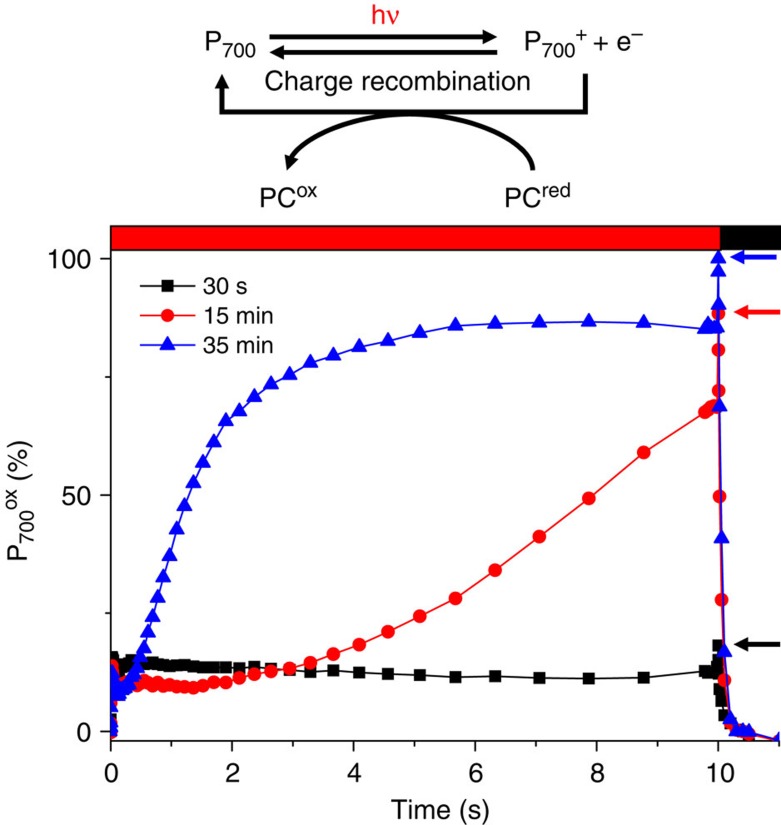Figure 5. The shift from oxic to anoxic conditions results in a transient PSI inhibition.
The figure shows the redox changes of the chlorophyll dimer, P700, of PS I. Right after transfer to anoxia, illumination induced hardly any oxidation of P700 despite the inhibition of electron donation from PS II by DCMU (10 μM). This indicates the occurrence of a process competing very efficiently with the light-induced oxidation of P700. As depicted in the scheme, the reduction of P700+ may involve either the donation of an electron by an external electron donor, here plastocyanin (PC), or charge recombination of the light-induced radical pair. In principle the two pathways co-exist, but the yield of the latter is in general negligible because electron donation from PC is faster than charge recombination. However, when the electron acceptors of PSI are already reduced prior to the light-induced oxidation of P700, the lifetime of the intermediate radical pair, which normally decays quickly owing to the forward electron transfer to these terminal acceptors, is substantially lengthened and this considerably increases the yield of charge recombination. This is why this situation is commonly described as ‘PSI acceptor side limitation’. It can be discriminated from a fast electron donation from the upstream part of the chain by a short pulse of saturating exciting light35. The horizontal arrows indicate the maximum amount for P700 that can be oxidized by the pulse in the various conditions. This level was initially ~20% of total photoxidizable P700 (measured in oxic conditions), which is diagnostic of a strong acceptor side limitation. However, this situation was transient, as illustrated by the kinetics measured 15 and 35 min after the onset of the anoxia, which showed the progressive restoration of kinetics similar to that of oxic cells. The trace obtained at 35 min was representative of the kinetics measured afterwards.

